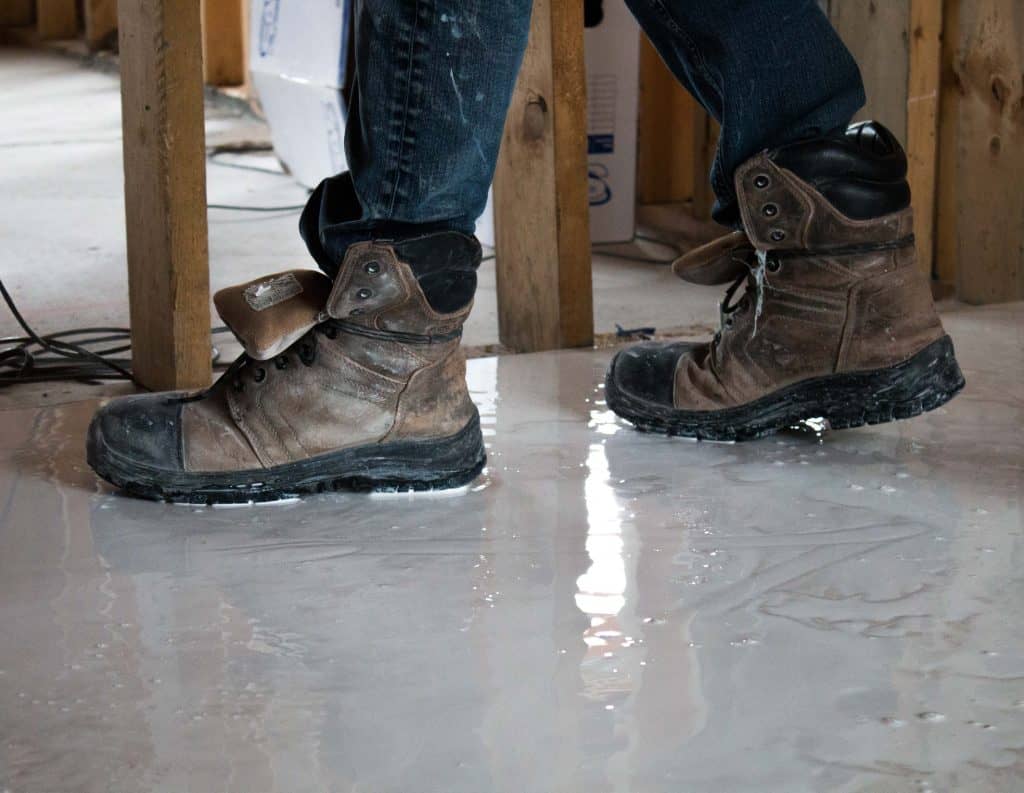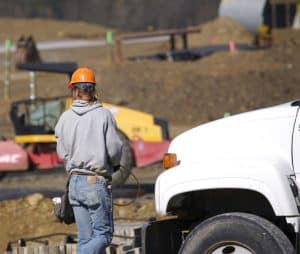
SafetyAtWorkBlog reader Tony wrote a long comment on safety footwear in response to a blog article from 2016. The comment deserves its own post, below.
Hi Kevin – arriving at this conversation incredibly late (though ‘better late than never’, as I believe someone once intoned), but there’s a decent reason I’m now invested in the conversation.
I recently spent an interesting hour or so with a sports podiatrist discussing, as you would suspect, footwear. More specifically, we talked about footwear to suite workers who spend the bulk of their time outdoors, working and walking on innumerable forms of uneven surfaces. And more specifically again, we discussed the degree(s) of ankle protection that, evidently, high-cut boots are able to provide.
But…
One of the take-home messages I took was the (apparent) absence of data to support the continued promotion of ‘high-cut’ footwear, when it comes to trying to provide ankle protection.

 In 2015, the Australian Building and Construction Commission (ABCC) took
In 2015, the Australian Building and Construction Commission (ABCC) took 

